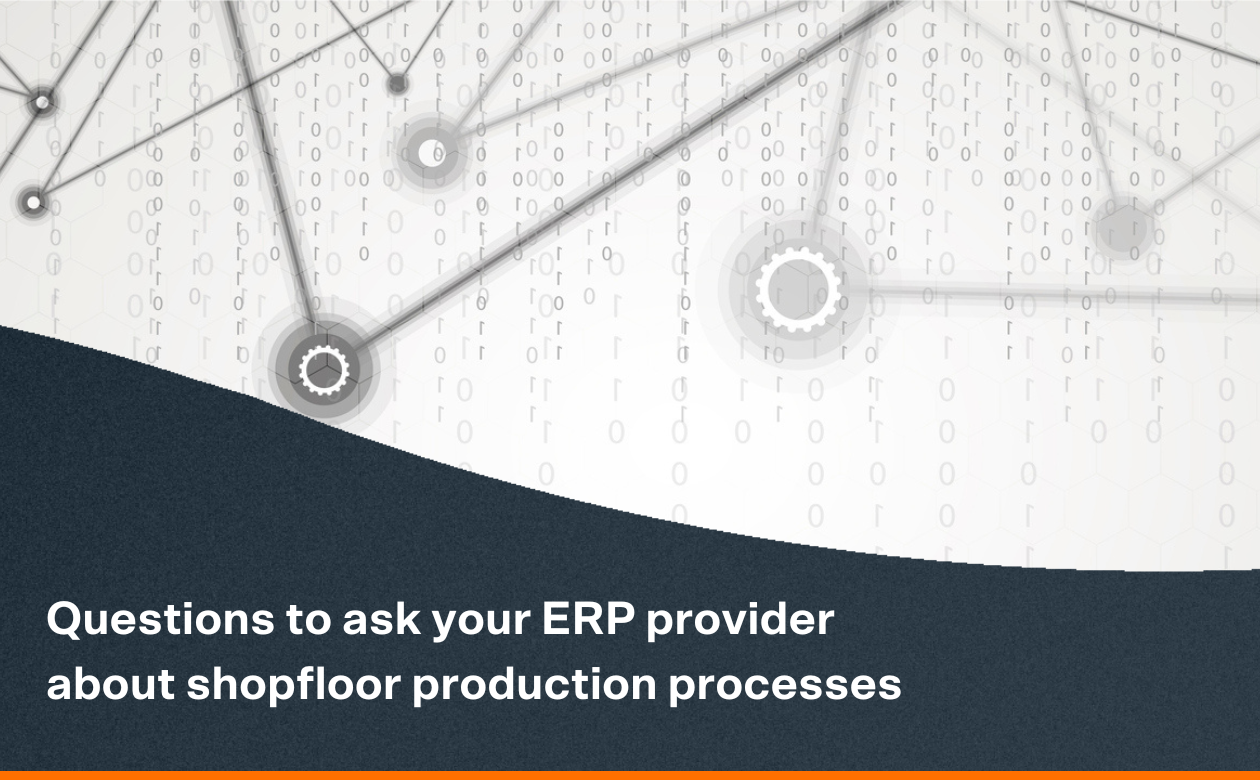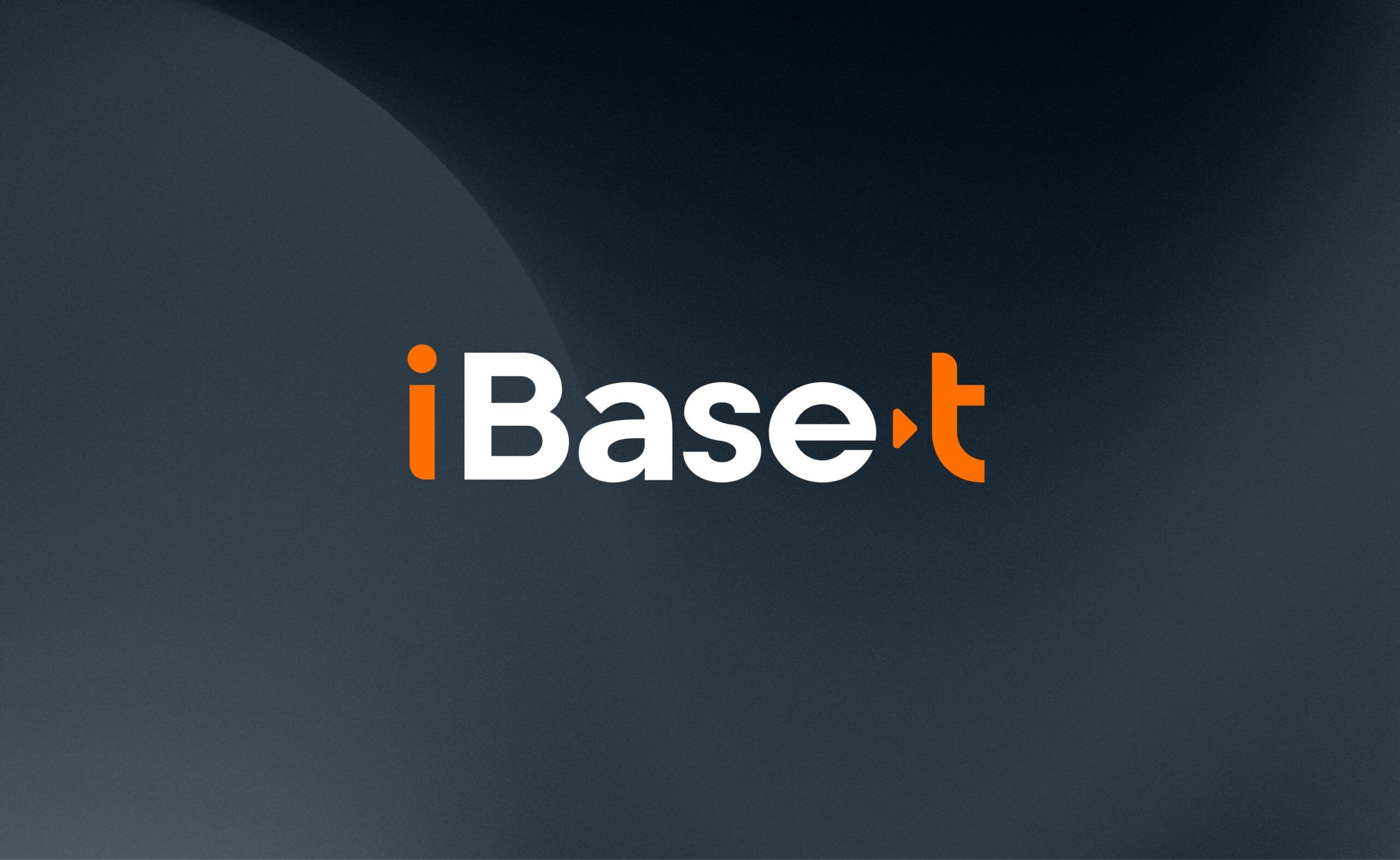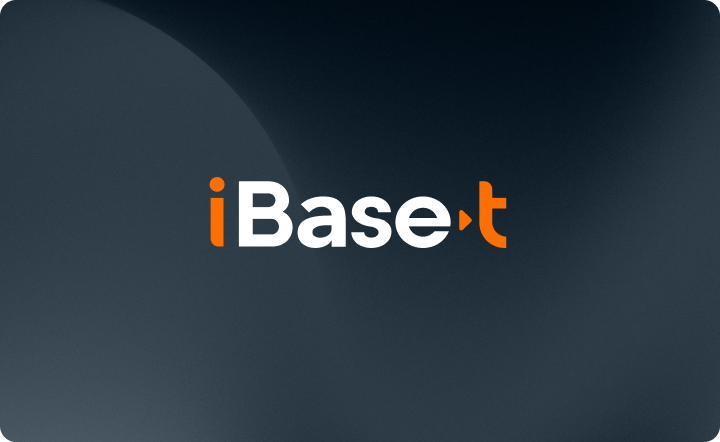
One of the current software development trends is low-code/no-code programming. In the LC/NC model, applications can be created using tools that allow non-programmers to develop databases and programs without detailed programming knowledge. The LC/NC tools were created to address a critical shortage of skilled programmers and have become popularized to quickly create programs highly customized for unique circumstances. Some manufacturing companies are considering this approach to extend the life of an existing MES or shop floor control application instead of investing in a new commercial application. While the initial appeal to extend the life of an existing MES application might seem attractive, there are several reasons why this may not be your best option.
1. Cybersecurity Threats are Increasing
From ransomware attacks to outright industrial espionage, manufacturing firms are facing cybersecurity threats at a greater level in 2021 than ever before. Hardly a month goes by between major incidents impacting an industrial enterprise are reported in the news.
JBS, the largest food manufacturer yet to be hit by ransomware, was a victim of a ransomware attack whereby criminal hackers paralyzed their entire networks by scrambling their data. Operations were disrupted for over a week (source).
When you develop applications or try to extend the life of a poor or no longer supported MES, you become solely responsible for defending yourself against the entire spectrum of cyber threats. This is not only costly and will require constant vigilance, but in the event of a breach, you will be on your own to deal with the aftermath.
When you adopt a modern commercial MES alternative you can share the security burden with the vendor, knowing that there is a larger community of users relying on that vendor and any attempted breaches can be more quickly caught and resolved. A commercial MES doesn’t absolve you of responsibility, but it does lower your risk and it means you won’t stand alone in the event of an attack. With a modern cloud-based solution there will be multiple layers of security and any vulnerabilities can quickly be patched without action on your part.
2. AI and AR are Essential New Tools but Require Specialized Skills to Adopt
Artificial Intelligence (AI) and Augmented Reality (AR) are two technologies that are transforming the way manufacturers operate their plants. AI and the associated field of machine learning are being used to address key operational issues. Use cases include reducing downtime through better predictive maintenance tools, improving product quality by identifying potential quality problems before they occur, reducing energy consumption, and improving safety and environmental risks by flagging pending problems with both equipment and staff performance.
To get the most from AI, however, data science skills are essential. And, with the current critical shortage of data scientists, most will be challenged to find and hire staff with these skills. When you use a modern commercial MES application you are leveraging the AI and data science of the solution provider and become part of a user community that can share best practices.
A similar argument can be made for leveraging AR in your plant. Whether for operator training or for improving operational coaching in real-time, AR has become a powerful performance-enhancing tool. As with any emerging technology, AR implementation skills are in short supply. Leveraging a supplier’s investment in this skill is far more economical than trying to do it yourself. More importantly, with the vendor spreading the development costs across the entire customer base as well as the beta testing, a faster time-to-value is possible.
3. Digital Continuity is the Future but Require Skills and Investment
As the 2020/21 coronavirus pandemic has shown us, today’s business environment is increasingly volatile with the potential for massive economic disruptions at any time. The ability to quickly reconfigure business operations has become a critical core competency.
The best way to achieve the degree of flexibility that today’s business environment requires is to become a model-based enterprise. This enables a business to quickly evaluate its options when the need arises for a shift in operating posture.
Digital continuity, which includes enabling the Digital Twins and Digital Thread, is the mechanism for implementing a model-based business approach. However, building and maintain an accurate digital twin of your manufacturing operations requires process engineering skills and tools many enterprises do not have. As with the two cases already cited, the best way to overcome the skills and support challenge is to leverage a larger community by selecting a modern MES that incorporates the digital twin process modeling capabilities you will need.
While it certainly is possible for an enterprise to invest in the skills and tools to go its own way, and there may be rare circumstances it may seem advisable, for most manufacturers, it makes more sense to be part of a larger community of other, like-minded commercial MES users.





